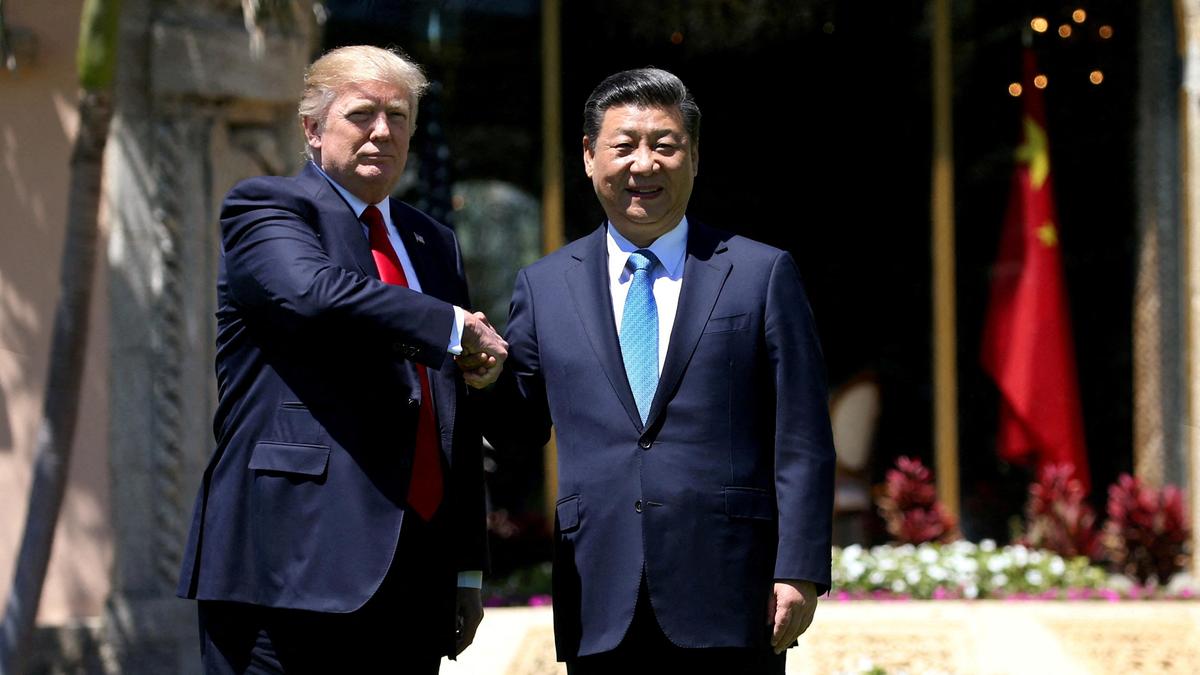Copyright Foreign Policy

Technology firms are increasingly drawing the ire of environmentalists and climate-conscious lawmakers. Soaring power demand for data centers is spurring new investment in fossil fuel infrastructure, notably natural gas power plants and pipelines, feeding fears that artificial intelligence will derail global decarbonization efforts. Ten top New York Democrats, for example, urged Gov. Kathy Hochul last month to reject a controversial gas pipeline project, even as the organization responsible for managing New York’s grid warned of power shortages due to the growth of data centers and semiconductor facilities. Yet, despite the risks, AI’s rapacious appetite for electricity could actually help spur crucial investment in clean energy. At a moment when the U.S. government has abandoned its support for these efforts, AI companies can provide the capital to bring down the cost of early-stage and still costly technologies needed to achieve a net-zero energy system. Just last month, for example, Google announced that as part of a new natural gas power plant, it would build a first-of-its-kind commercial-scale carbon capture and storage project. This means Google will be paying a premium that will speed the commercialization of a technology crucial for decarbonization. If the U.S. government is no longer willing to address climate change itself, it should at least help create the regulatory environment in which companies can do this work themselves. Satisfying the unrelenting demand for new power generation capacity is existential for Big Tech firms to win the AI race. While solar and wind can play a large role to meet those power needs, the reality is that they alone are insufficient. Other sources of electricity generation will also be needed, particularly those can run any time of the day or year regardless of whether the sun is shining or the wind blowing. Many new clean energy technologies, such as advanced nuclear, fusion, carbon capture and storage, and enhanced geothermal, are still costly. Some require further innovation and demonstration of pilot projects, while others are first-of-a-kind projects that lack the well-developed supply chains and workforce needed to bring down their costs. The major tech firms have both vast financial resources and highly visible climate commitments. Alongside large infrastructure funds such as Brookfield, KKR, and Global Infrastructure Partners, they are among the companies best suited to make sizable investments in first-of-a-kind projects that will lower the cost and speed the adoption of emerging clean energy technologies over time. Such technologies are necessary not only to meet the rising power needs of AI but also to address the threat of climate change. According to analysis by Princeton University researchers, achieving net-zero in the United States will be easier and cheaper if zero-carbon generation sources that run 24/7 are part of the mix. If the world achieves net-zero emissions by 2050, roughly one-third of the emission reductions will come from technologies not yet commercially viable, according to the International Energy Agency. Government typically plays a key role to advance early-stage technologies, yet the Trump administration is canceling much of the funding for low-carbon energy, including at least $7.5 billion in energy projects funded by the Bipartisan Infrastructure Law to bring next-generation technologies to market more quickly. European governments are also pulling back on clean energy support as they struggle to boost defense spending and confront debt levels not seen since World War II. Yet the AI economy can pick up some of the slack. Nowhere is this dynamic clearer than in the resurrection of advanced nuclear power in the United States. For years, small modular reactors, or SMRs, have been hailed as the future: safer, scalable, and requiring smaller upfront investment. But they remained mired in the permitting and financing purgatory of first-of-a-kind projects with associated high costs. There was little reason to be the first buyer of power from SMRs or other advanced nuclear projects. Yet, as tech firms scour the country for power, companies such as Microsoft and Meta have made concrete financial commitments and signed landmark deals for nuclear energy, including restarts of retired nuclear plants and new SMRs. Amazon, Google, and others are actively planning to site future data centers adjacent to existing or planned nuclear facilities or committing to offtake power from novel reactor designs. Tech firms find nuclear energy attractive because it can often be located near data centers, avoiding the need for costly transmission projects, and provides 24/7 power. As a result, companies with some of the largest balance sheets in the world are now underwriting these higher-risk projects, sending a demand signal and providing capital that is accelerating the projected time frame for the first advanced nuclear projects to come online. Even nuclear fusion, often described as the “holy grail” of clean energy for its potential to theoretically provide nearly limitless zero-carbon power, is getting a boost from the AI boom. In 2023, Helion Energy, backed by OpenAI founder Sam Altman, signed an agreement with Microsoft to provide fusion power by 2028. And Google has agreed to purchase power from a planned fusion power plant in the 2030s being developed by Commonwealth Fusion Systems. The same market pull is radically accelerating the deployment of next-generation geothermal energy. Traditional geothermal energy has been constrained to narrow geological hot spots, but new technologies can tap the Earth’s vast heat almost anywhere, using advanced horizontal drilling techniques pioneered in the oil and gas industry. Historically, the upfront cost and exploration risk associated with drilling deep wells made advanced geothermal technology hard to finance. Spurred by the needs of AI, Google has partnered with Fervo Energy to move a first-of-its-kind project in Nevada from pilot stage to a utility-scale power purchase agreement to demonstrate the technology’s viability as a firm, flexible clean resource. Big Tech’s balance sheet and AI’s enormous power needs can be a powerful combination to accelerate the clean energy transition, yet this outcome is by no means guaranteed. Policymakers must create conditions that facilitate new electricity infrastructure investments. Most notably, permitting energy projects and transmission lines currently takes far too long. Congress should reform and streamline federal permitting and regulatory processes that can add years to the development of new infrastructure projects. For nuclear energy, the federal government should reduce nuclear regulatory and permitting burdens by reforming the Nuclear Regulatory Commission (NRC) and increase financial support for new nuclear reactors and fuel supply infrastructure. Indeed, Brookfield and Cameco, the owners of Westinghouse Electric, announced just last week an $80 billion strategic partnership with the U.S. federal government to build a fleet of new nuclear reactors. The NRC can also allow states to regulate commercial and demonstration fusion systems. For geothermal energy, federal agencies should share publicly available geologic data and provide risk mitigation funds for developers. Government should also increase funding to map the nation’s resources for next-generation geothermal and for research and demonstration projects. The federal government could also streamline permitting of data centers at federal sites that integrate innovative power generation projects, such as advanced nuclear or geothermal, as the Trump administration recently proposed doing at Idaho National Laboratory. Finally, for carbon capture and storage, the Trump administration should provide assurance that it intends to retain the historically bipartisan tax incentive for carbon capture known as 45Q. The Environmental Protection Agency should address the pending backlog of requests to grant states more authority to permit so-called Class VI wells, which are used to inject carbon dioxide underground. And the federal government should update its pipeline safety standards and protocols. The stakes are high. Sating AI’s appetite for power is key to a nation’s leadership in the defining technology of our time—and will require a broad range of technologies beyond solar and wind. Rather than view AI’s thirst for power merely as a liability, the government should also recognize and encourage its potential. As some of the wealthiest companies on the planet invest in low-carbon technologies, they can give the clean energy transition a massive boost just as many cash-strapped or ideologically opposed governments pull back on supporting climate action.



